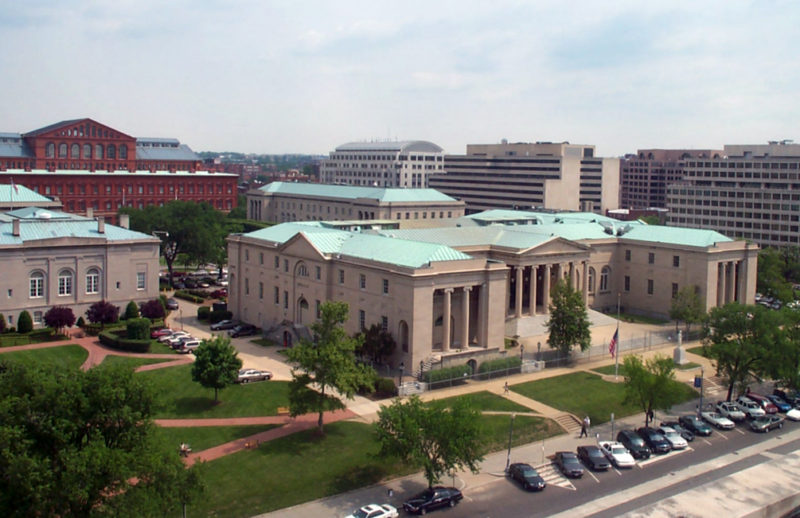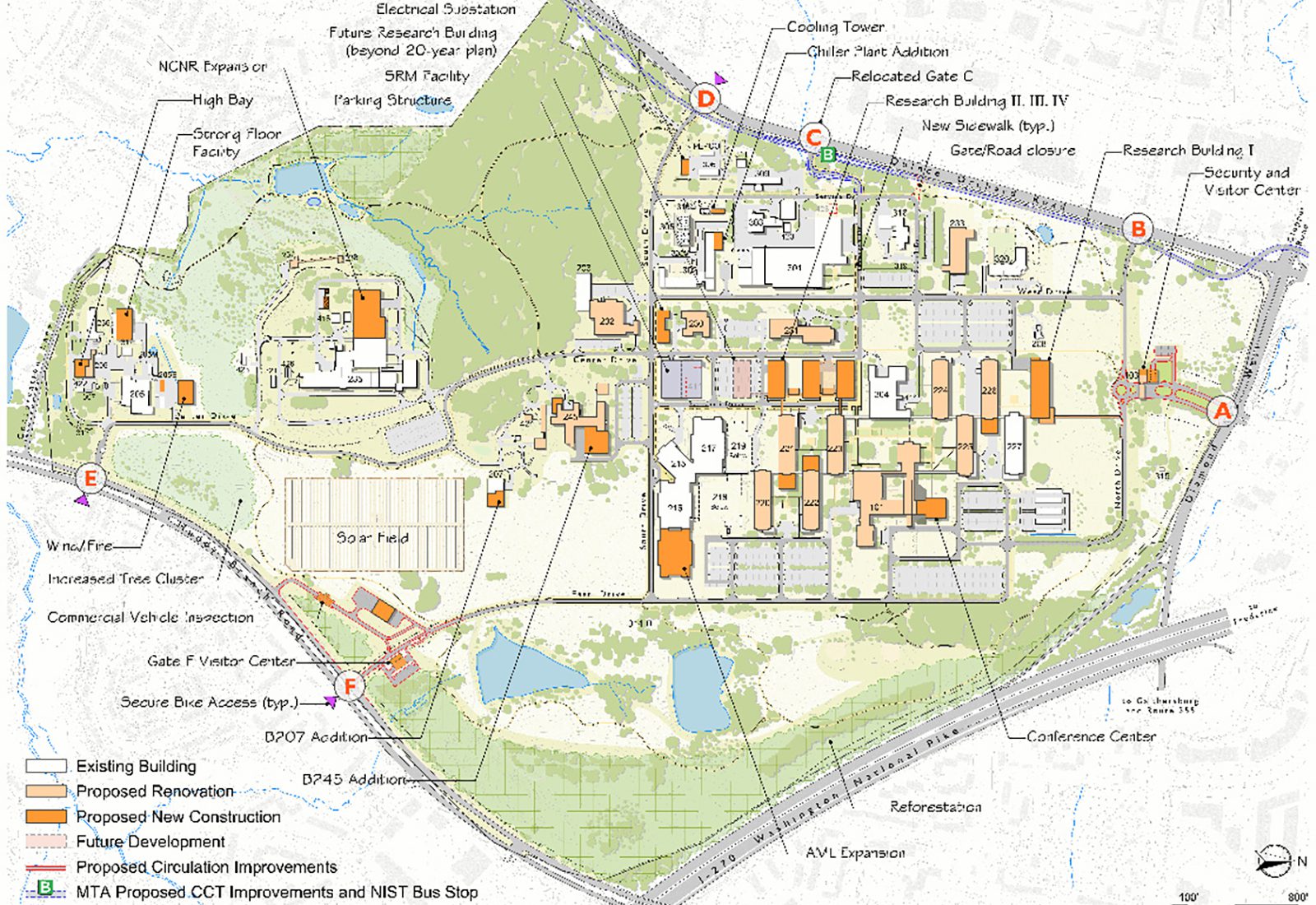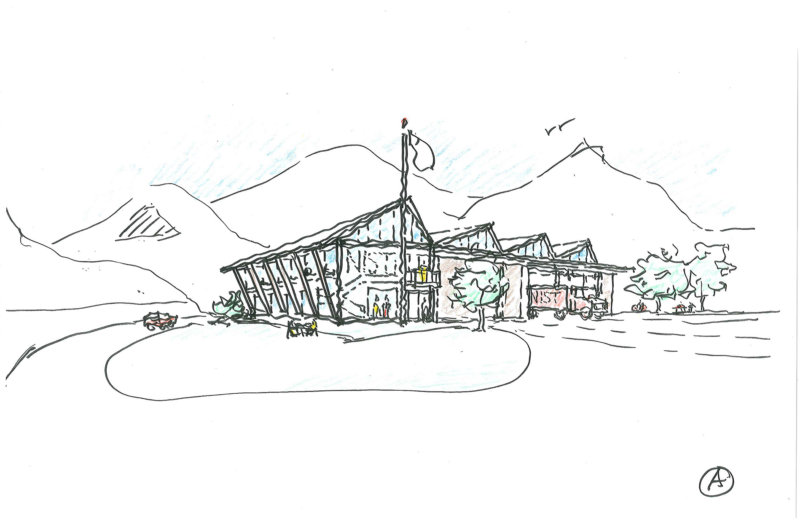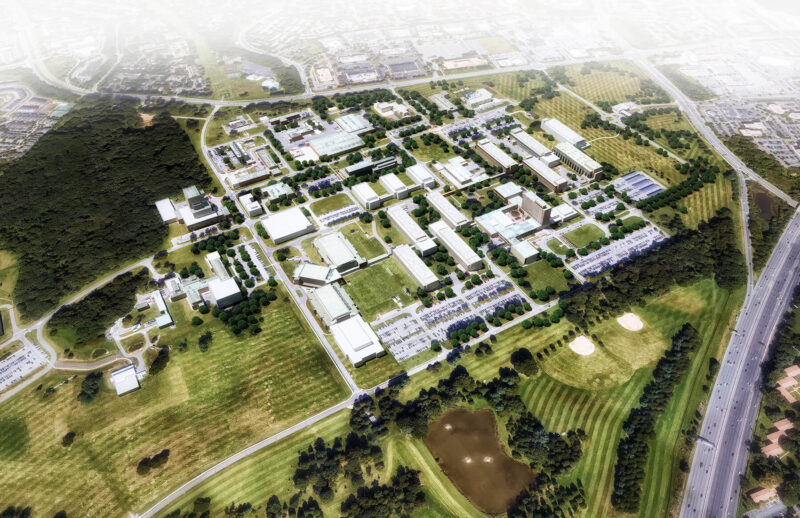
Capabilities
Master Planning
Master Plans provide long-range frameworks for development and asset utilization. They must balance aspirational goals, functional requirements, budget realities, competing needs, organizational parity, and continued operations.

MAP’s master plans are structured as living documents that can respond to changing priorities, emerging technologies, mission shift, new initiatives, operational changes, and funding priorities—created though an interdisciplinary approach and intense client engagement.
The practice of Master Planning can be wide ranging – it can encompass sub-areas, campuses, sectors or even entire cities and townships. But, in its core, Master Planning essentially involves developing long range frameworks for development. MAP envisions master plans as living documents that respond to changing priorities, emerging technologies, mission shift, new initiatives, operational changes, and funding priorities—created though an interdisciplinary approach and intense client engagement.
The secret to developing successful master plans lies in grounding them in data – contextual data such as the natural environment, climate, buildings and infrastructure, regulatory framework, as well as organizational characteristics, mission, vision, drivers, and stakeholder input. The data collection requires careful analyses, crafting of meaningful inferences, and validating them before proceeding to developing a program of requirements. The master plan program informs development alternatives for the stakeholders to consider, and a preferred alternative is then used to generate an implementation plan.
Our Unique Masterplan Skillset
- Primary and secondary data collection
- Contextual analysis
- Stakeholder engagement
- Charrettes
- Surveys
- Master plan program development
- Development alternatives
- Implementation planning
- Public meetings
- Environmental reviews
- Capital improvement plans
- Implementation estimates and funding analysis

